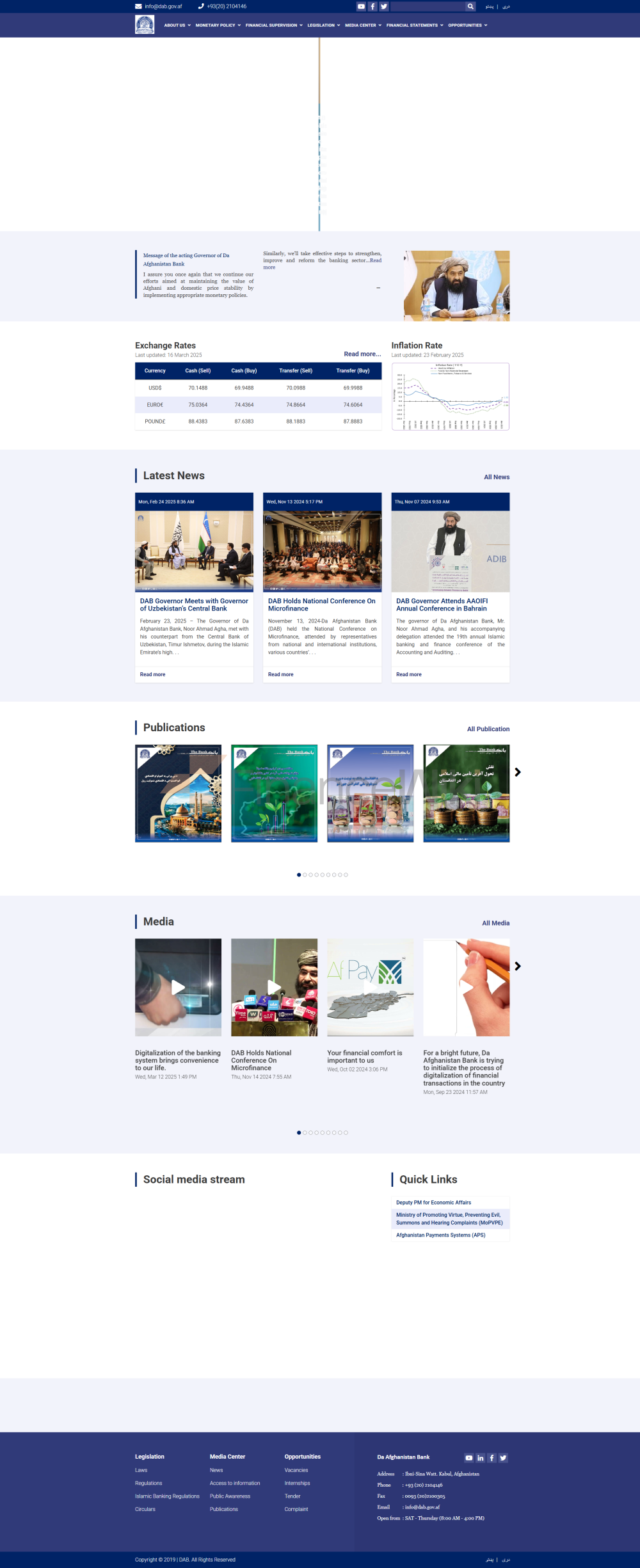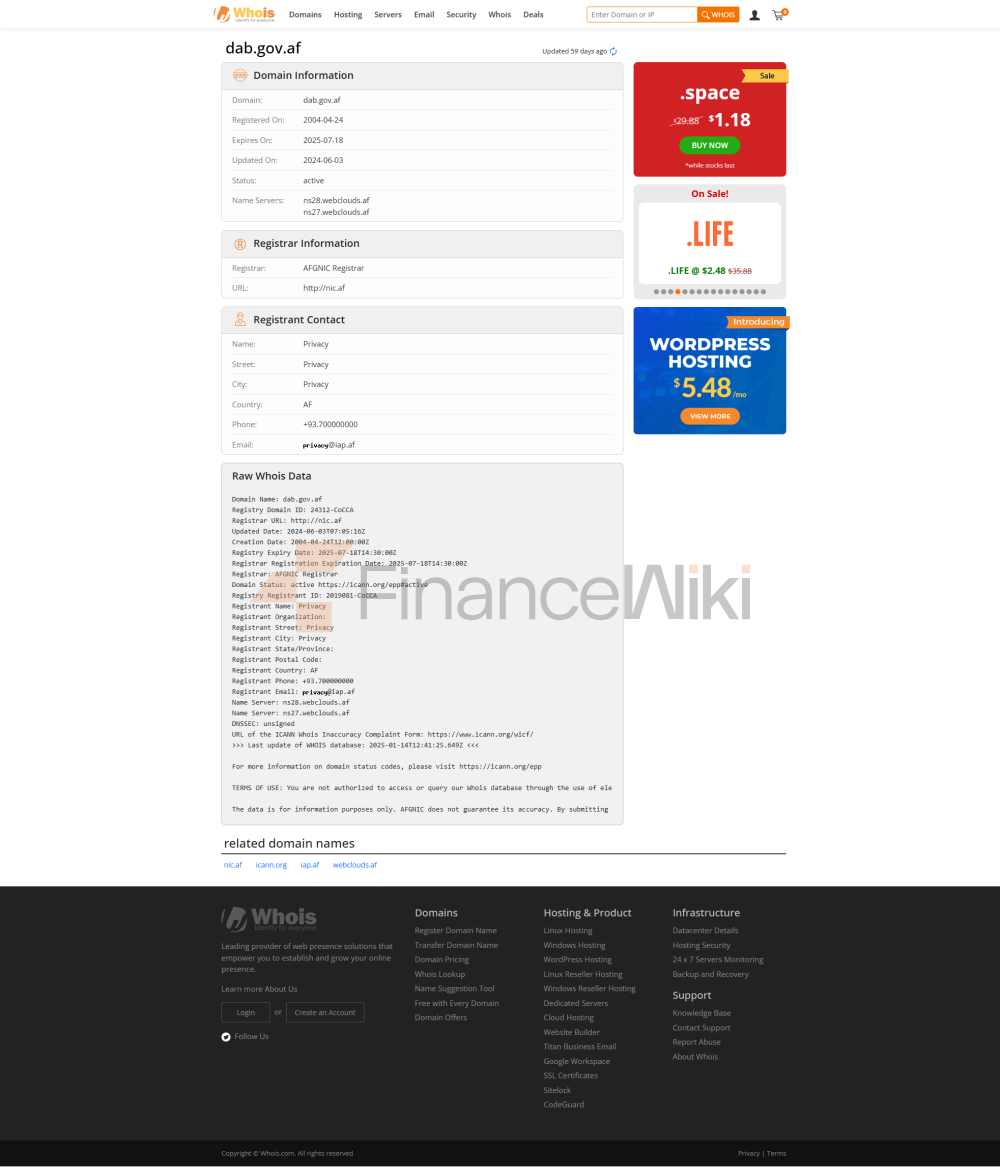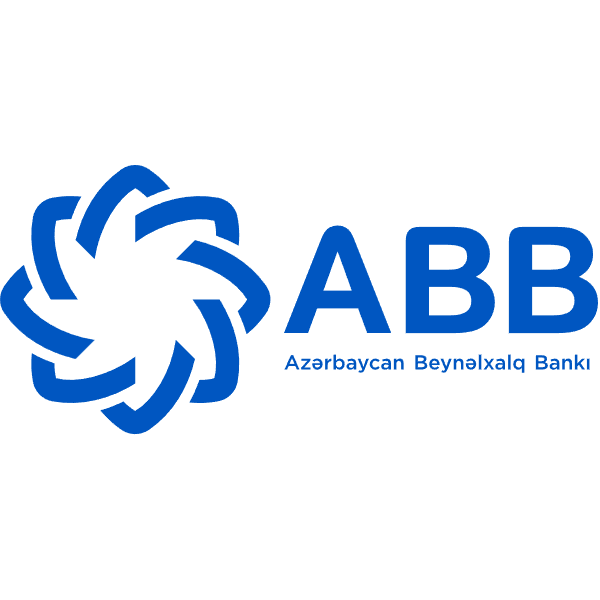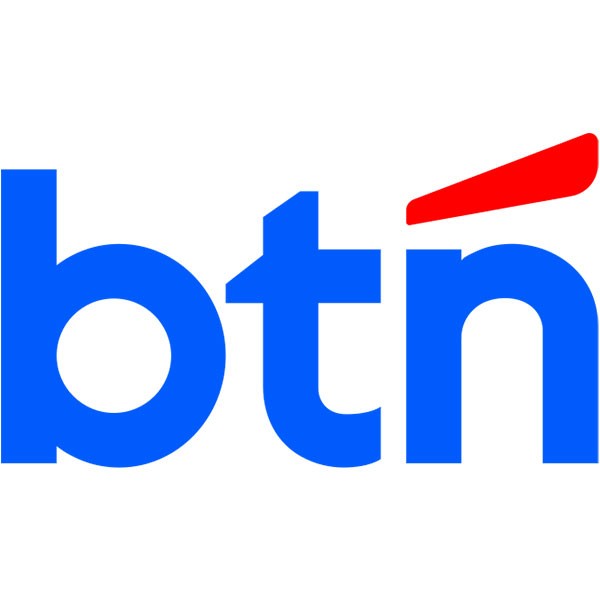アフガニスタン中央銀行(パシュトー語:دافغانستانبانس;ダリー語:بانکمرکزیافغانستان)は、アフガニスタンの中央銀行であり、アフガニスタン政府が完全所有する銀行である。この銀行は1939年に設立され、現在、アフガニスタン全土に46の支店があり、そのうち5つはカブールにあり、中央銀行の本部もカブールにある。

アクティブ
Da Afghanistan Bank
公的認証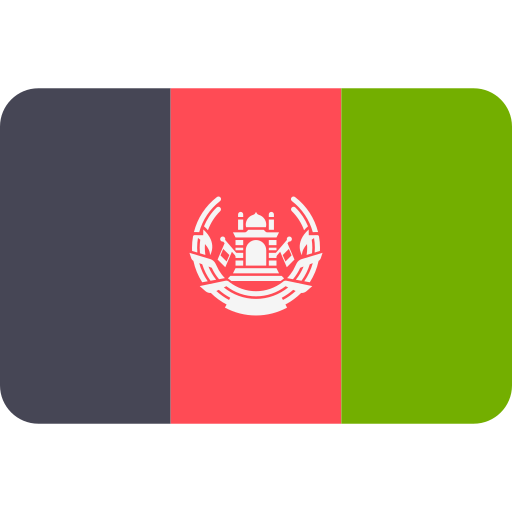 アフガニスタン.
アフガニスタン.20 年
公式サイト
更新する 2025-04-10 11:56:32
現在のエンタープライズスコア
5.00
業界評価
基本情報
規制情報
企業評価/露出する
コメントを書く/露出する
5.00
0ひょうか/
0露出する
コメントを書く/露出する
Da Afghanistan Bank 企業紹介
Da Afghanistan Bank エンタープライズセキュリティ
Da Afghanistan Bank 質問と回答
質問する
ソーシャルメディア


ニュース情報
リスク提示
Finance.Wiki では、この Web サイトに含まれるデータはリアルタイムまたは正確ではない可能性があることを注意してください。このウェブサイト上のデータと価格は、必ずしも市場や取引所から提供されているわけではなく、マーケットメーカーから提供されている場合があるため、価格が正確ではなく、実際の市場価格の傾向と異なる場合があります。つまり、価格は市場動向を反映した単なる参考価格であり、取引目的に使用すべきではありません。 Finance.Wiki およびこの Web サイトに含まれるデータの提供者は、お客様の取引行動またはこの Web サイトに含まれる情報への依存によって生じた損失に対して責任を負いません。
